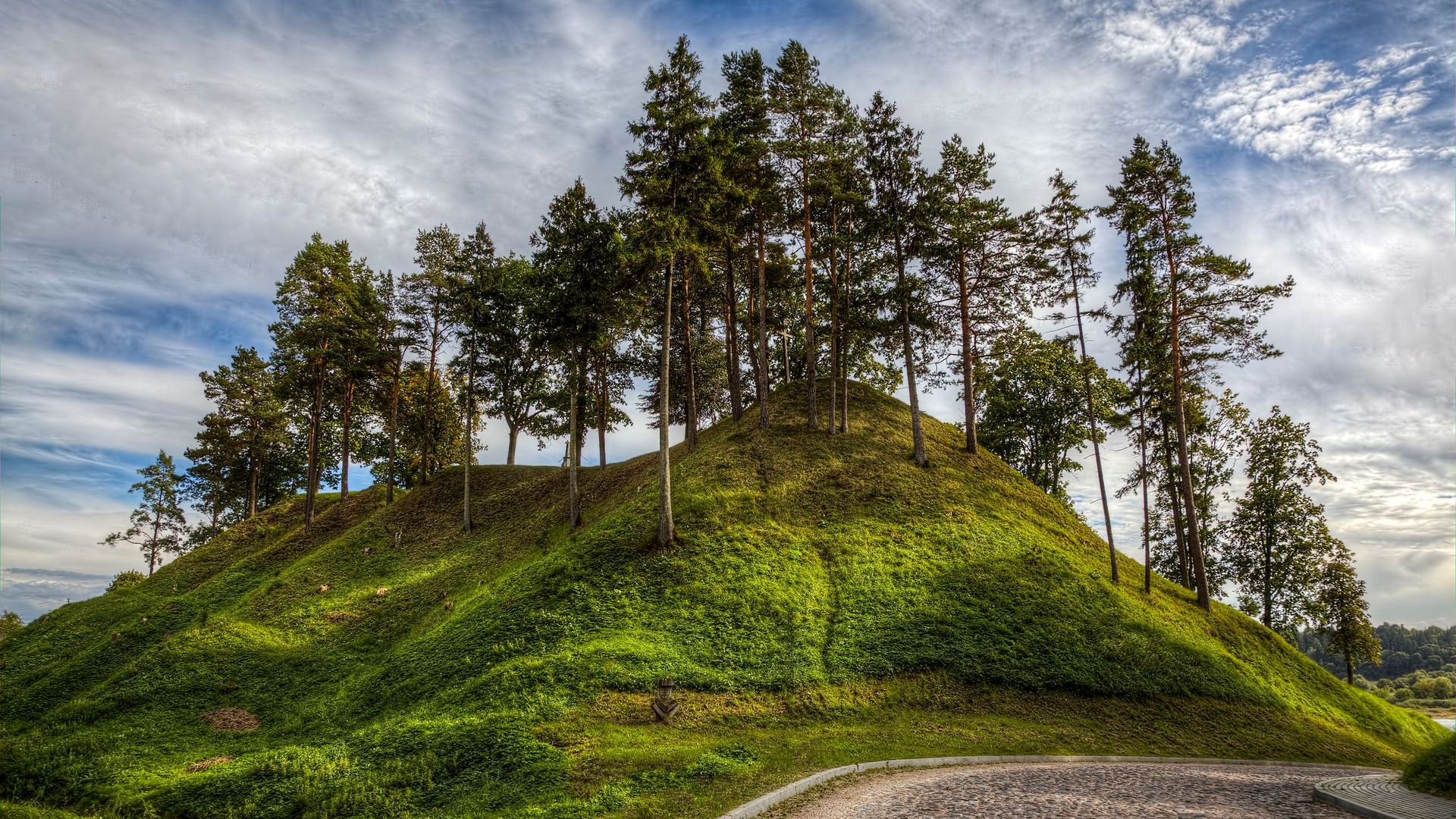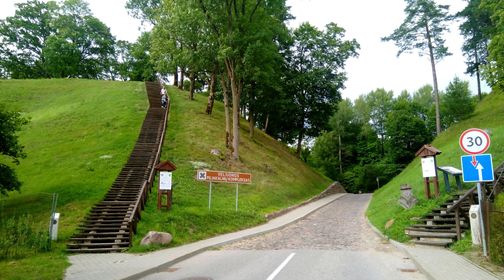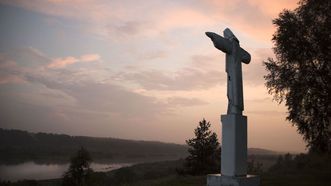
4.0
1 rates
5
4
3
2
1
1 rates
4.0
Veliuona
4
Photo
© Laimonas Ciūnys/Lithuania Travel
4
You are greeted by Veliuona, a small town, situated over the mighty mounds and the Nemunas, and which has left its great mark in the history of Lithuania. It is a third centre of the Grand Duchy of Lithuania after the centres of Kernavė and Trakai, one of the oldest settlements in Lithuania, known as a trading centre already in the 12th-13th centuries, while Veliuona Mounds were considered one of the most powerful defensive complexes in Lithuania in the fight against the crusaders. In spite of frequent attacks, the over 700-year-old Junigeda Castle (later renamed as Veliuona Castle) acted as a shield protecting Lithuania from the crusaders.
This was not only a place of fierce fighting, but also a place for major conventions of European rulers. In the beginning of the 15th century one of them became the settings of ratification of the Treaty of Melno after the Battle of Grunwald. Veliuona Mounds saw both major historical episodes and disastrous incidents. There is the Mound of the Gediminas Grave, next to it there is the Castle Hill (or the Peace Hill), and the mound located 2.7 km to the west is called the Pilaitė Mound. This is the place of the Bajerburg Castle built by the crusaders. It was during an attack of this fortress when Gediminas, the Duke of the Grand Duchy of Lithuania, died from a shotgun used for the first time. The chronicles of the contemporaries of battles for this castle for the first time mentioned the Lithuanian flag, which was fired with an incendiary crossbow arrow. The Assumption of the Virgin Mary Church is greatly appealing from a distance and surrounds every believer with the sacred aura. It is one of the oldest temples of Lithuania, the construction of which was financed by the Grand Duke Vytautas in 1421.
Today visitors are greeted at the facade of the church by a commemorative plaque dedicated to this ruler of Lithuania. It is the richest church in the area - it stores over 60 movable cultural heritage objects. Travellers are told about the secrets of the nobles by Veliuona Manor and its park exalted by dendrologists, with the famous yellow-blossomed tulip trees, which are oldest in Lithuania and bloom in wonderful blossoms every year from mid-June to mid-July. The following museums and exhibitions located in the vicinity familiarise visitors with the history of the region : the Museum of History of Veliuona, the Museum of Literature established in A. and J. Juška Gymnasium, and the memorial exhibition of the writer Jonas Mačiulis.
The library houses the Museum of Šarūnas Šimulynas, a Lithuanian sculptor, painter, poet and prose writer, and another 4 km to an eastwards direction lead to the novelist Petras Cvirka’s Memorial Museum - Homestead presenting folk household exhibits. In the church tower visitors are welcome to see the historical documents, ecclesiastical clothing, and visit the Museum of Flags of Inter-War Lithuania Christian Organisations. The centre of the town is decorated with a monument dedicated to Vytautas, the Grand Duke of Lithuania. The monument was built and unveiled on the occasion of the 500th anniversary of the death of Vytautas. It took place in the inter-war period, in the year of Vytautas, as declared by the state. The monument was located in Veliuona for the entire period of occupation, and was renovated on the occasion of the Centennial of the restored Lithuania and now greets the arriving guests of Veliuona.
This small town also attracts travellers with its fabulous stories. After all, even the name of the town has several legends on its origin. It is said that the name of the village came from the Temple of Veliona, the goddess of the dead, which was located in the vicinity. Others believe that the town was named after the streamlet of Veliuona flowing across it ... Nevertheless, the riddles and legends give a unique charm to the town! Veliuona is an open-air museum. There are even 15 objects of cultural heritage here. It is necessary to see all of it and learn a lot of new things in the meetings with Veliuona museum audiences, educators and writers.
Points of interest
11
Food
0
Accomodation
0
Loading...
©2026 trip.lt












